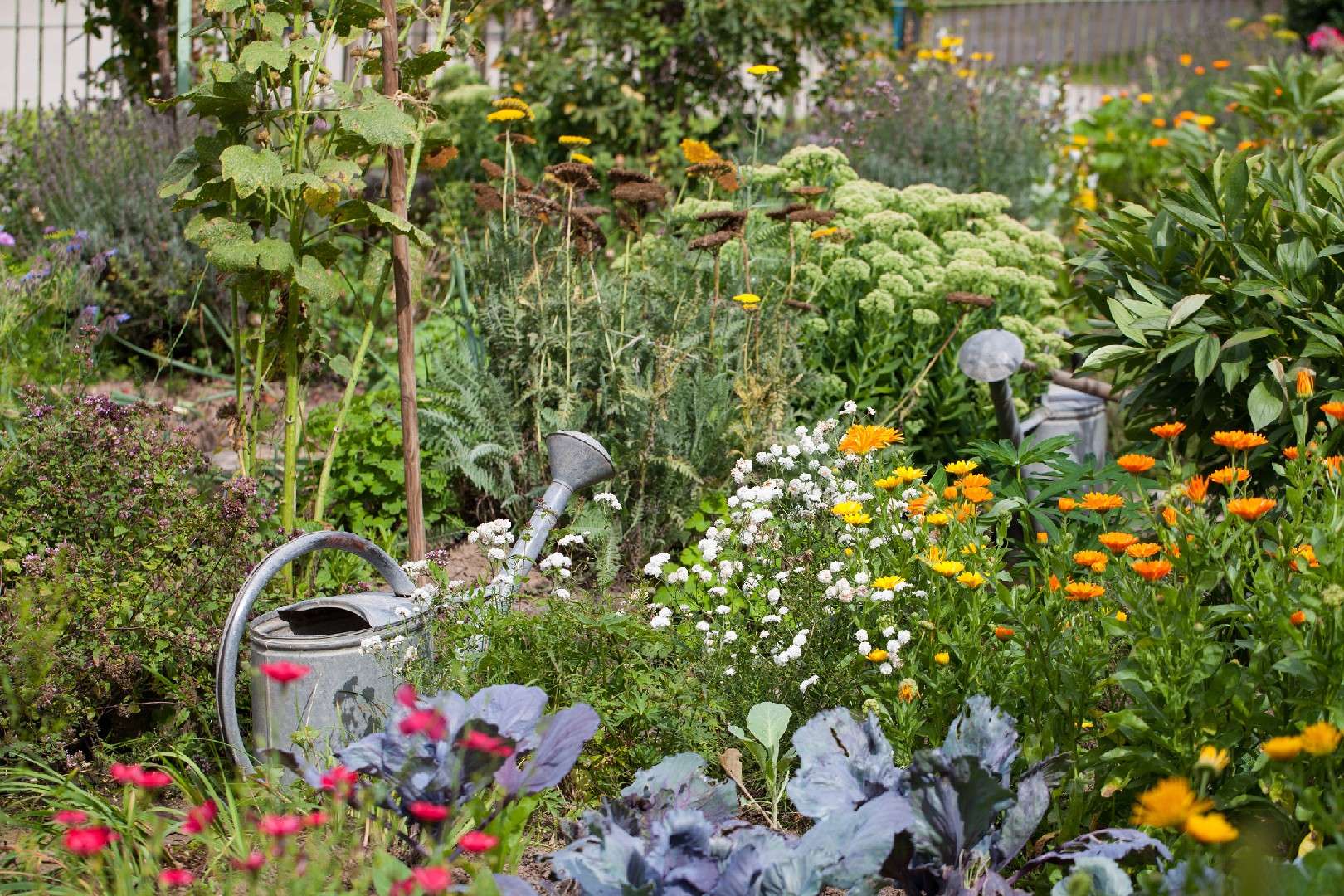![Rectangle]()
Maintaining Your Micro Garden: Beyond the Basics
Once you have set up your micro garden in your tiny urban space, it is crucial to prioritize regular maintenance to ensure the health and vitality of your plants. In this section, we will go beyond the basics and delve into some important aspects of maintaining your micro garden.
Watering is the backbone of any garden, and micro gardens are no exception. As the plants are grown in small containers or limited garden space, they require more frequent watering compared to traditional gardens. It is essential to monitor the moisture levels of the soil regularly and adjust your watering schedule accordingly. Generally, it is better to water in the morning or late afternoon to avoid evaporation during the hottest hours of the day. However, the specific watering needs may vary depending on the types of plants you are growing. Some plants, like succulents, require less water and thrive in drier conditions. On the other hand, leafy greens and herbs may need more frequent watering to prevent wilting. Experimentation and observation will help you find the right balance for your micro garden.
In addition to watering, proper pruning is crucial for maintaining the shape and health of your plants. Regular pruning helps control the size of your plants, prevents overcrowding, and encourages new growth. It is recommended to remove dead or damaged leaves, stems, and flowers as soon as you notice them. Pruning also allows for increased airflow and reduces the risk of diseases. You can use sharp, clean pruning shears or scissors to make clean cuts just above a leaf node or bud. Avoid pruning during periods of extreme heat or cold, as plants may be more susceptible to stress.
Soil health management is another important aspect of micro garden maintenance. Over time, the soil in your containers or garden beds can become depleted of nutrients. It is essential to regularly amend the soil with organic matter, such as compost or well-rotted manure. This replenishes the nutrients and improves the soil structure, ensuring healthy plant growth. You can also consider using organic fertilizers to provide additional nutrients to your plants. Remember to follow the manufacturer's instructions and avoid over-fertilization, as it can harm your plants.
Pest management is a crucial factor in maintaining the health of your micro garden. Prevention is key when it comes to managing pests without resorting to risky chemicals. Use physical barriers like nets or fences to keep out larger pests, such as rabbits or birds. Regularly inspect your plants for signs of pest infestation, such as holes in leaves or discolored spots. If you notice any issues, you can try removing the pests manually or using natural pest control methods like neem oil or insecticidal soap. It is important to act promptly to prevent the infestation from spreading.
Finally, micro gardens are dynamic and ever-changing with the seasons. Embrace the seasonal changes and adapt your gardening practices accordingly. Different plants thrive in different seasons, and some may require protection during extreme weather conditions. Stay informed about the specific needs of your plants and make adjustments to optimize their growth throughout the year.
In conclusion, maintaining a micro garden requires regular care and attention. By monitoring your watering, practicing proper pruning, managing soil health, preventing pests, and adapting to seasonal changes, you can ensure the success of your micro garden in your tiny urban space. Happy gardening!





